Mental and behavioural disorders now cause 4% of deaths in the EU
Eurostat’s September 2025 update on Mental health and related issues statistics reveals that 4.1 % of all deaths in the EU in 2022 resulted from mental and behavioural disorders, confirming these as one of Europe’s leading public-health challenges. Within this category, dementia was by far the most common cause of death, followed by alcohol- and drug-related disorders and other behavioural conditions.
Regional data show particularly high mortality rates in northern and western Europe—reflecting both older demographics and better diagnostic coverage—while rates are lower in parts of central and eastern Europe. Eurostat notes that these figures illustrate the growing impact of neurodegenerative and substance-use disorders on mortality patterns across Member States.
The report also sheds light on Europe’s psychiatric-care infrastructure. In 2023, there were more than 318 000 psychiatric care beds available across EU hospitals, equivalent to roughly 71 beds per 100 000 inhabitants. However, availability remains uneven, with some countries maintaining large institutional networks and others moving toward smaller, community-based systems.
Eurostat’s analysis highlights long-term demographic and policy pressures. As dementia prevalence increases with an ageing population and alcohol- and drug-related deaths remain stubbornly high, mental-health services face mounting strain. The data underscore the importance of continued EU-level investment in prevention, early detection, and integrated long-term care—priorities reflected in the European Commission’s current Life Sciences Strategy and pharmaceutical-policy discussions.
By systematically tracking these indicators, Eurostat provides crucial evidence for national and EU policymakers aiming to strengthen resilience and reduce mortality linked to mental and behavioural disorders across Europe.


